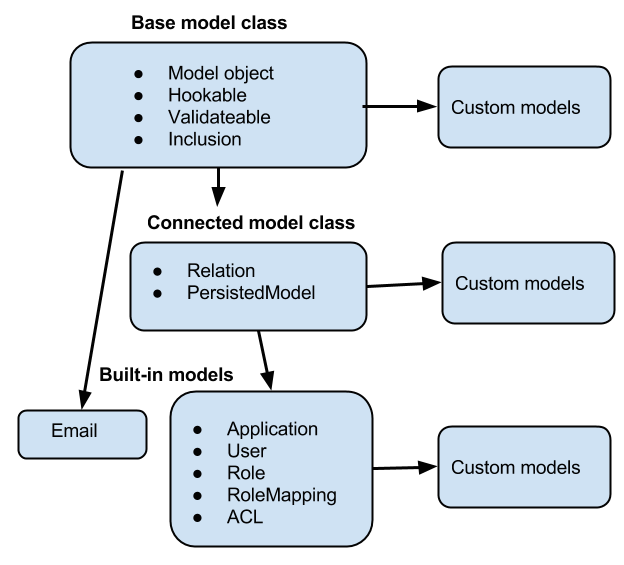

You should see a message on your terminal with a URL to test out.
#How to use loopback full
Click here to see the full demo with network requestsĪfter the project is created, start the application by running the following commands. Finally, for features, enable Prettier, ESLint and loopBackBuild. When asked for the root directory and application class name, press enter to maintain the defaults. For a project description, you can enter A dynamic application with Loopback. You’ll be required to enter a name for your app we’ll call it book``-store. This is an interactive command that prompts you to answer a few questions to set up your new project. Go to your project directory and run this command: lb4 app Next, create a new project with the CLI tool. npm i -g you have the LoopBack CLI tool on your machine.

To bootstrap a LoopBack application, we’ll use the LoopBack CLI.
#How to use loopback how to
Our app will implement basic CRUD operations, and we’ll demonstrate how to use LoopBack’s CLI and API explorer. We’re going to build a book store application using LoopBack. What we will buildįor this tutorial, you’ll need to have Node.js (v8+) installed on your machine, as well as a text editor. LoopBack offers an built-in API explorer you can use to test endpoints. You can also integrate with databases, web services, and other platforms easily using connectors. You can define API endpoints and schemas using the OpenAPI standard. With LoopBack, your project has a predefined structure. You really need to know what you’re doing and where you’re going. Since it’s unopinionated, you have to do a lot of decision-making, such as creating the structure that supports your backend and identifying the most appropriate package. Among the many things the ecosystem has to offer, LoopBack is an excellent framework for building APIs and microservices.Īccording to the official docs, “LoopBack is a highly extensible, open-source Node.js and TypeScript framework based on Express that enables you to quickly create APIs and microservices composed from backend systems such as databases and SOAP or REST services.”Įxpress.js - still the most popular Node.js framework - is fast, unopinionated, and minimalist, but it lacks most of the functionality that is common in a full-fledged web application framework. Node.js is a popular JavaScript framework with a strong, ever-growing community. Creating a dynamic application with LoopBack Idorenyin Obong Follow Software engineer with a flair for writing.


 0 kommentar(er)
0 kommentar(er)
